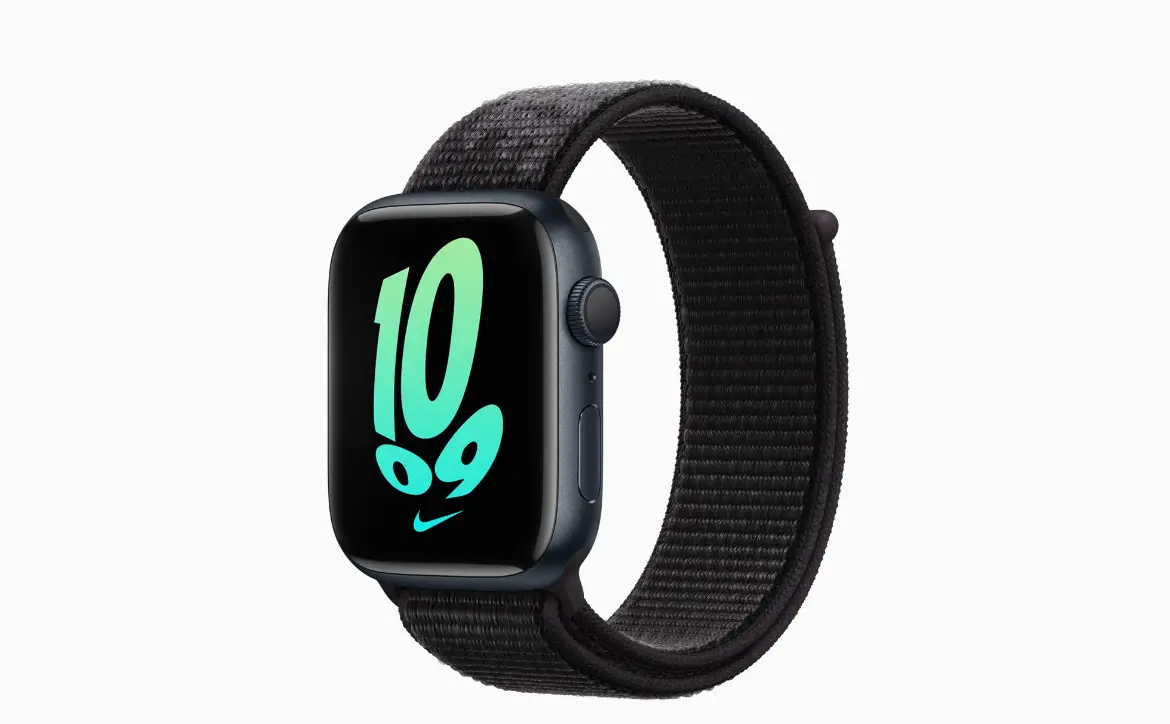The COVID-19 pandemic was challenging for the sports and recreation sector, as it forced everyone to spend long periods indoors. Some activities shifted online to help people stay active or entertained during lockdowns. In contrast, others had to limit the number of participants and ask them to wear masks and follow social distancing rules.
As the industry recovers from the pandemic and people start participating in sports and recreation activities again, new tech innovations have emerged to meet their needs. Below, learn about seven new technologies transforming sports and recreation this year.
1. Wearables
Modern wearable technology products in sports and recreation can capture real-time health and performance data. Think of Apple Watches, Fitbits, and Garmin fitness trackers — these and other wearables have become increasingly popular among consumers in the past couple of years. Wearables can provide the following types of user data, including, but not limited to:
- Average heart rate
- Global Positioning System (GPS) information
- Exercise minutes, steps taken, stand hours, and walking/cycling distances
- Active and total calories
- Motion analysis
- Swimming laps
- Running or walking pace
- Flights climbed
- Sweat and hydration
- Sleep and mindfulness
- Oxygenation measurements
Wearables are highly useful, regardless if someone is a professional athlete or those living sedentary, moderately active, or very active lifestyles. When users gain access to these specific insights, they often grow their awareness of their overall health, fitness, and wellness.
2. High-Tech Home Fitness Equipment
When COVID-19 was officially considered a pandemic, thousands of health and fitness facilities, workout studios, and local gyms had to temporarily or permanently close. According to The Global Health and Fitness Association (IHRSA), around 25% of all health and fitness clubs and 30% of workout studios closed as of January 1, 2022.
Consumers adjusted by working out at home in spare rooms, basements, living rooms, or bedrooms and incorporated smart home fitness equipment into their routines. For example, The Mirror is a high-tech, sleek, stylish mirror built for home fitness junkies. They can check their workout progress, track real-time data and even work with real trainers in live sessions.
3. Smart Parks
National, state, and local parks are staples in the recreation industry, allowing people of all ages and physical abilities to enjoy different equipment, fields, courts, or pools. In some regions, traditional parks receive major tech-related upgrades and become smart parks.
One project is underway at the University of Maryland, and it could transform recreational parks in Maryland’s Prince George’s County. A team led by Nirupam Roy, an assistant professor of computer science with expertise in mobile computing and wireless networking, received $150,000 in funding from the National Science Foundation (NSF) to add Wi-Fi infrastructure to parks. The project offers several potential benefits, and other parks nationwide may follow suit.
4. Outdoor Gaming Apps
Remember back in 2016, when Pokémon Go became wildly popular among smartphone users? The mobile-based app uses augmented reality (AR) and a mobile device’s GPS, allowing players to locate, catch and train different species of Pokémon, the virtual creatures everyone has come to know and love.
Other geocaches and treasure-hunting gaming apps are emerging, allowing players to explore the outside world while still using their devices. Young people are now experiencing the digital and physical worlds collide through these games.

5. Electric Vehicles and Equipment
Another high-tech, progressive change in recreational activity equipment is the use of electric motors. For example, electric go-karts are becoming more popular, enhancing the traditional racing experience. Go-karts with electric motors produce zero emissions from exhaust fumes, which is better for the environment than gas-engine go-karts.
Other products with electric motors used in sports and recreation include snowmobiles, personal watercraft, zero-emissions boats, and all-terrain vehicles. Polaris, a well-known power sports brand, is developing battery-powered products with an electric motorcycles manufacturer.
6. Adaptive Recreational Technologies and Equipment
Recreation includes walking, reading, dancing, cooking, playing games, and more. Any activity that someone does to have fun, pass the time or spend time with friends and family is considered recreation.
However, some recreational activities can be challenging for people with a disability. Whether someone uses a wheelchair or has an emotional disability, everyone deserves a chance to enjoy themselves and participate in recreational activities. For example, a person can use adaptive hand cycles, snowboards, skis, kayaks, etc.
Additionally, beep baseball is growing in popularity. As its name suggests, beep baseball is suited for people who are partially or legally blind or those with visual impairments. The baseball has electronics that beep, allowing players to rely on their hearing. Sighted volunteers are allowed to participate in beep baseball, but they must wear a blindfold.
7. Online Reservations
Lastly, local communities’ outdoor areas benefit from innovative digital technologies, such as online booking systems. Recreation departments can better manage the number of people using spaces in their facilities by using this technology.
Anyone who wants to reserve a specific site or outdoor recreation area can now do so online. Ultimately, these sites minimize person-to-person contact, enhance user experience (UX), and free up time for recreation managers to complete other, more important tasks. According to the recreation.gov website, users can book reservations for camping, tours, picnics, or visits at over 4,200 facilities and 113,000 sites nationwide.
Sports and Recreation Tech Booming Despite the Pandemic
The sports and recreation market has experienced significant changes in the past few years. Consumers are constantly searching for new hobbies and outdoor activities to enjoy individually or with friends and family.
Thankfully, technology came to the rescue and allowed people to enjoy fun activities. In the future, more sports and recreation tech will emerge and create positive experiences for all participating.
What do you think? Please share your thoughts on any of the social media pages listed below. You can also comment on our MeWe page by joining the MeWe social network.










